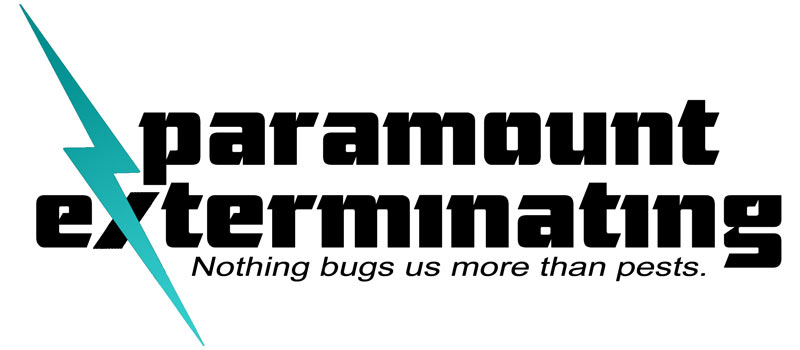Facts: Sparrow
Appearance: Small in size, the Sparrow is well adapted to the urban environment. Their short but strong beaks are perfect for breaking open seeds and feeding on left behind food scraps. Male Sparrows can be identified by their darkly colored throats, lightly colored cheeks and brown wings. Female Sparrows are mostly brown in color with the darker colored stripe next to their eyes.
Habit: Sparrows are often seen flocked together in large numbers in urban areas. Due to the lack of predators and their ability to adapt to living and nesting in urban environments, they have become the number two nuisance bird behind feral pigeons. They prefer nesting sites that are small and enclosed if possible, including areas like pipe ends, behind shutters, building gutters, and in gaps under roof eaves. Sparrows are very well adapted to living among humans and will often feed on human food scraps. This makes them detrimental in manufacturing areas as they will often arrive in very large numbers to scavenge for food. Sparrows are intelligent and aggressive, forcing other bird species out of their homes and making them difficult to get rid of. This is made worse by the fact that they roost in very large numbers, making a Sparrow problem even more difficult to remove. They are also non-migratory birds, typically staying in the same nesting area all year long unless under extreme environmental changes. Sparrows in rural settings will sometimes travel to more urban areas for the winter months in search of slightly warmer city temperatures and to find nesting sites inside of buildings.
Health/Damage Concerns: Sparrows, like most birds, can cause extensive damage to homes and commercial buildings. Nests are often found in hard to reach places like gutters, under roof eaves, and inside of buildings. The droppings of the Sparrow are also high in uric acid content causing both cosmetic and structural damages to a variety of building types. Often these droppings will remove or permanently stain paint, stain siding, and damage roofing shingles. Nests found in building gutters have been directly linked to extensive water damage over time, and nest created inside of buildings and machinery have been linked to electrical fires and equipment damage. Their presence also poses health risks from bacteria, fungus spores, and fecal parasites.
Diet: Scavenger/seed eater. Sparrows will eat a variety of foods depending on what is available in the general area of the nesting site. Preferred foods include seeds, small insects, and human food scraps.
Reproduction: Sparrows, on average, have about 15 to 20 young per year. This is because most females have four to seven young at a time, about three times per year. An unchecked Sparrow problem can result in large numbers of birds being born in only a one to two year period.
Our Services
We have been providing pest control solutions for New Jersey homes and businesses for over 80 years. Trust a company with the experience and knowledge to get the job done right.
Click below for more information on our pest control services.
Click HERE For A Free Estimate!
With a free estimate from one of our experienced professionals, you learn about all of the benefits of Paramount’s services. We will work with you to design a specialized program specific to your needs! Call or click for a free estimate.




